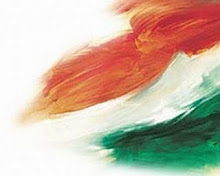Poverty in India is widespread with the nation estimated to have a third of the world's poor. According to a 2005 World Bank estimate, 42% of India's falls below the international poverty line of $1.25 a day (PPP, in nominal terms Rs. 21.6 a day in urban areas and Rs 14.3 in rural areas); having reduced from 60% in 1980. According to the criterion used by the Planning Commission of India 27.5% of the population was living below the poverty line in 2004–2005, down from 51.3% in 1977–1978, and 36% in 1993-1994
Among the causes ascribed for the high level poverty in India are its history under British rule, large population, and low literacy. Also important is India's social structure, including the caste system in India, and the role of women in Indian society. Economic growth has in the past been dampened by a dependence upon agriculture, and the economic policies adopted after its independence.
Since the 1950s, the Indian government and non-governmental organizations have initiated several programs to alleviate poverty, including subsidizing food and other necessities, increased access to loans, improving agricultural techniques and price supports, and promoting education and family planning. These measures have helped eliminate famines, cut absolute poverty levels by more than half, and reduced illiteracy and malnutrition.
more
Saturday, March 27, 2010
Subscribe to:
Post Comments (Atom)


No comments:
Post a Comment